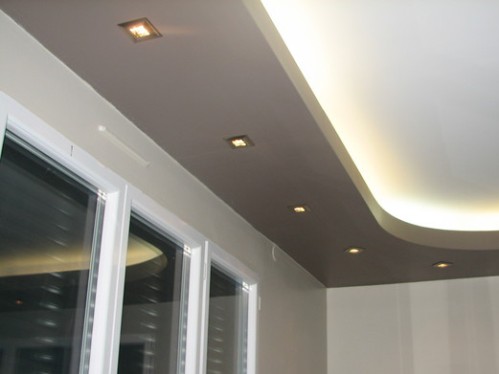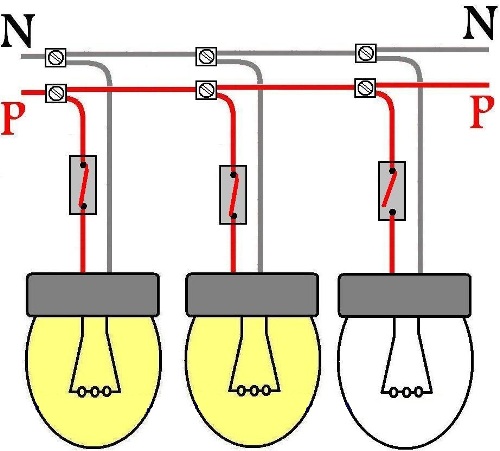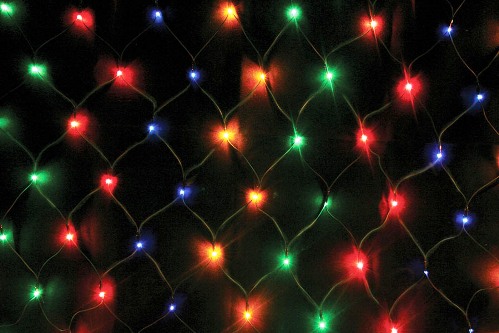Categories: Featured Articles » Sources of light
Number of views: 23203
Comments on the article: 0
Parallel and series and connection of lamps in everyday life
Sometimes in practice we have to deal with the need for parallel or series connection of incandescent lamps. Often this problem arises in everyday life, and this applies not only to lamps in the chandelier. Someone may want to improve the lighting in the kitchen, but someone will come up with a bright idea to extend the life of the lamp, replacing it with two connected in series.
Let's look at how these compounds are made, what is important to pay attention to, and what principles should be followed when performing various connections. In the figures below, simple and understandable diagrams will be given.

Parallel connection of lamps in everyday life
When the lamps are connected in parallel, a full mains voltage is applied to each of them, that is, phase and zero are applied directly to each of the lamps of the parallel circuit. And if one of the lamps burns out, the rest will shine, because their chains will remain completely intact.
Parallel connection of lamps is used everywhere in everyday life. For example: one lamp is in the bathroom, the other is in the toilet, and if you turn on the light both there and there, then these lamps will be interconnected in parallel. Turning off or burning out one of these lamps will not affect the performance of the second in any way.

When it is necessary to improve the illumination in a room by adding a lamp to an existing lighting system (instead of replacing an existing lamp with a more powerful one), they do a tap from the wiring, and usually a lampholder of the second lamp is connected to a twist or terminal block.
There is nothing complicated, just turn off the power supply throughout the room and make the connection. So you get an additional light source.
It is important, by the way, to pay attention to the fact that the load switched by the switch (lighting fixture) is always on the neutral wire, and only when the switch is switched to the “on” position it is connected to the phase. A screwdriver will help you with this - phase indicator.
Please note that in the figure each of the lamps of the parallel circuit is connected to the main wiring with its own wire, so the current load on all the conductors will be evenly distributed, and if the cross section of these wires is selected correctly, then none of them will overheat even after prolonged use.
Serial connection of lamps in everyday life
In fairness, it can immediately be noted that in everyday life a series connection of lamps is used very rarely. Although sometimes people resort to this approach, for example, if they want to reliably prevent premature burnout of lamps - they connect two lamps of the same power in series, they get a guarantee that even with strong power surges in the network, both lamps will remain intact.

Such a serial connection is often used in entrances when, in order not to change the bulb every season, they simply install the second cartridge on the ceiling at a certain distance from the first, and screw the second bulb into it. So, instead of one at 60 watts - two in series of 95-100 watts.
The lamps do not work at 220 volts, but at 110 volts, so they are always reliably protected from current overload, they shine smoothly and do not flicker, as if they were fed through a diode (they also do this sometimes to reduce the average current through the lamp).
The figure shows the option of connecting the lamps as in the example with the entrance. It is obvious that the serial connection is made by a wire of the same thickness, since the current flows through the serial circuit the same. The voltage of 220 volts is supplied to the ends of the "garland", and if there are two lamps, then there are 110 volts for each lamp (provided that the lamps are of the same power!)

You can make a circuit of three identical lamps, then each lamp will have 70-80 volts of alternating voltage, because 210-240 volts of mains voltage will be divided by 3. According to this principle, new year garland, where many, many multi-colored bulbs designed for a voltage of 1 volt are connected in long sequential chains. Please note that the wires are very thin wires, since there is a very small current, literally a few milliamps.
They follow the same approach when making lighting assemblies from 12-volt automotive bulbs - they connect 20 pieces of 5-watt bulbs in series, and they get a soft-watt light assembly with a power of 100 watts.
But such garlands have one minus - if one lamp burns out, the entire garland will stop working. Therefore, if in your everyday life there is an assembly of series-connected lamps, you must always have spare lamps bought just in case.
See also at bgv.electricianexp.com
:
